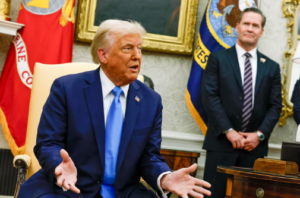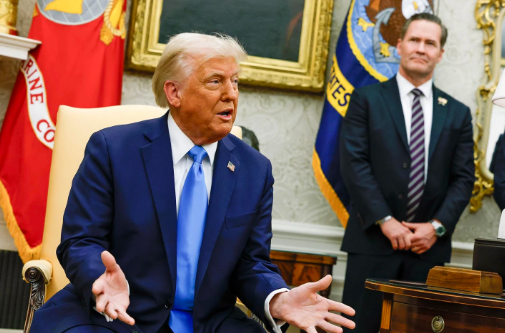
Timeline: Shifting Stance of the Trump Administration on the Signal Chat Issue
-
Early Discussions (2017–2018):
The Trump administration, initially concerned with privacy and encryption, showed little interest in regulating end-to-end encrypted messaging apps like Signal. National security agencies, however, flagged concerns over the potential use of secure messaging platforms by adversaries and criminal organizations. -
First Signals of Concern (2019):
The administration’s intelligence agencies began voicing concerns regarding Signal, particularly after reports suggested that it was increasingly being used by foreign actors and extremists to communicate without surveillance. However, no major policy actions were taken at the time, as the focus remained on other technological issues like 5G and cybersecurity. -
Policy Shift and Increased Scrutiny (2020):
Amid growing concerns over election security and foreign interference, the Trump administration began to take a more active stance on encrypted communications. Officials argued that platforms like Signal hindered law enforcement efforts to access critical intelligence, proposing that companies should be more cooperative in providing access to encrypted data when required by law. -
Post-Election Tensions and Advocacy for Backdoors (Late 2020):
Following the 2020 election, the administration’s rhetoric around encryption grew harsher, with several key figures, including Attorney General Bill Barr, calling for “backdoor” access to encrypted communications. Signal was explicitly mentioned as a prime example of how secure messaging apps could potentially be used by those seeking to evade detection. The call for backdoors stirred significant debate within the tech community about privacy rights versus national security. -
Increased Legal Pressure (2021):
With the Trump administration nearing its end, the pressure on companies like Signal intensified. The Department of Justice and FBI pushed for legal reforms that would compel tech companies to comply with surveillance requests. Signal’s creators, however, maintained their stance on end-to-end encryption, and disputes over legal obligations for encrypted communications remained unresolved. -
Final Policy Stance (2021):
In the final days of the Trump administration, a new set of guidelines was proposed that would have given law enforcement expanded powers to surveil encrypted communications. The policy faced opposition from privacy advocates and tech companies, but it marked a significant shift in the administration’s approach to encrypted messaging. -
Post-Trump Era (2021–2022):
After the transition to the Biden administration, the conversation about encryption and Signal took on a more balanced tone, with continued debates about privacy, security, and tech industry responsibility. The Biden administration opted for a more cautious approach, reflecting the contentious nature of the previous administration’s stance on digital privacy.



